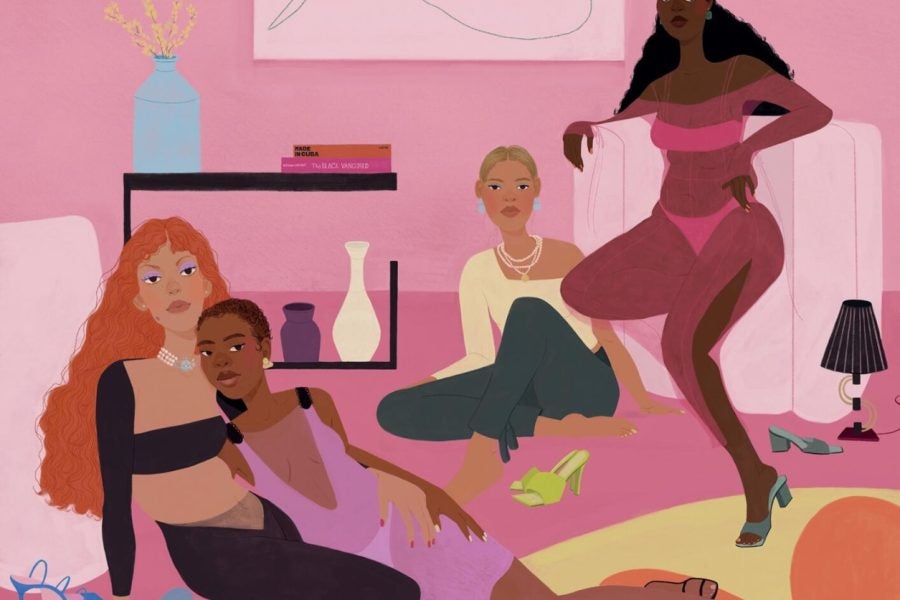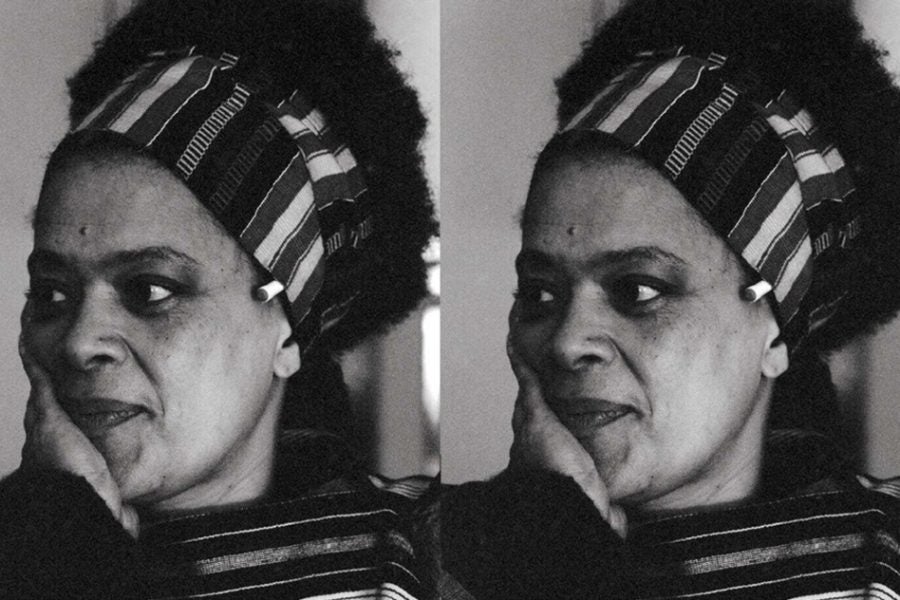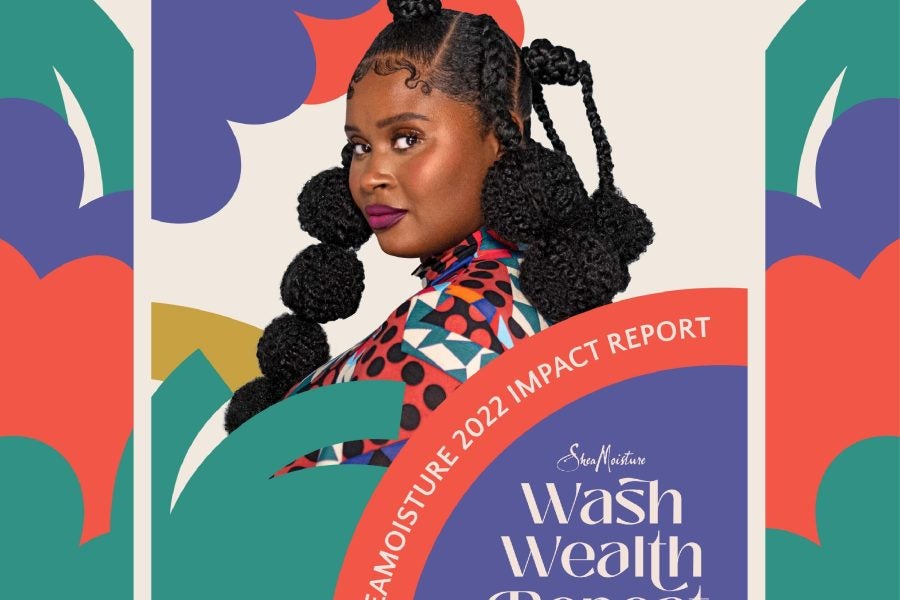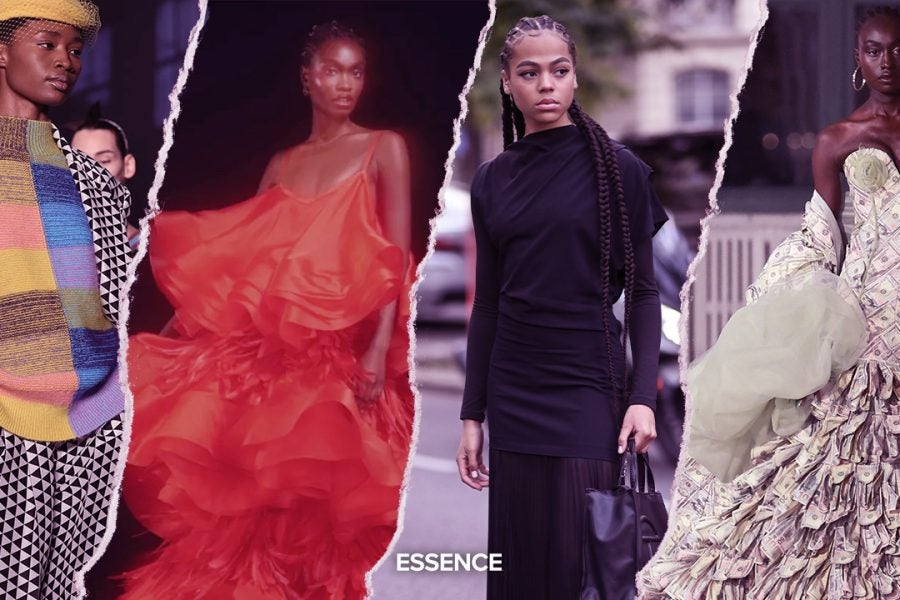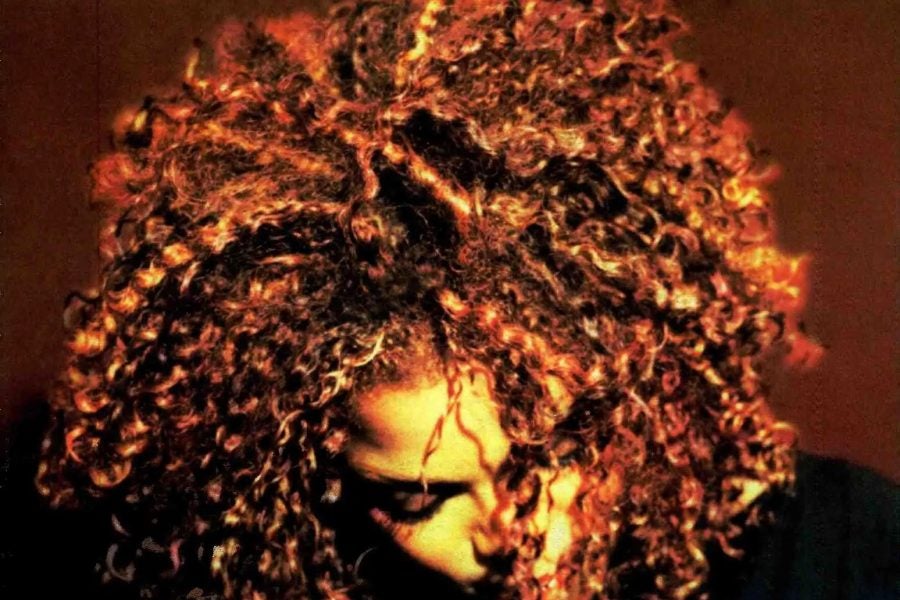
On October 7, 1997, Janet Jackson released her critically acclaimed The Velvet Rope. In what was a stark contrast to her previous albums, the iconic artist opened herself up for the world to see. She explored themes of heartache, sexuality, past trauma, and more, making this project her most creatively liberating to date.
Jackson’s 22-track LP debuted over four years after 1993’s janet, and again featured production from longtime collaborators Jimmy Jam and Terry Lewis. Although it was released shortly after she inked a record-breaking $80M deal with Virgin, it came on the heels of some deep personal turmoil for the Gary, Indiana-native. After suffering from long bouts of depression, an eating disorder, and marital issues, The Velvet Rope served as an outlet for Jackson’s path to self-discovery, however difficult that journey may have been.
Article continues after video.
As with other seminal R&B albums of the time (i.e. Mariah Carey’s Butterfly),The Velvet Rope flirted with the sound of hip-hop; which was prevalent on songs such as “Go Deep” and “Got ‘Til It’s Gone,” which featured Joni Mitchell and Q-Tip. In addition to Jackson’s transition sonically, she also explored themes of bisexuality and tackled some of the obtacles that the LGBTQ+ community faces even today. On tracks such as “Tonight’s The Night” and “Free Xone,” Janet tells her listeners stories of how love is a universal experience that shouldn’t be restricted by societal norms.
Even though several of the songs on The Velvet Rope may suggest such, this album isn’t just about physical intimacy. It is furthermore a record about self-examination and transparent, expressive vulnerability. The LP’s third track, titled “You,” Janet discusses her struggles with acceptance, being who she wants to be, regardless of the public’s perception of her. She contrasts those feelings of self-doubt with “Special,” where we see Jackson reinforcing a more positive outlook on life. On “What About,” the Grammy Award-winning entertainer graphically describes the toll that an abusive relationship has on one’s mental and physical well-being, which again adds to the variety of emotions that can be heard – and felt – on this 1997 classic.
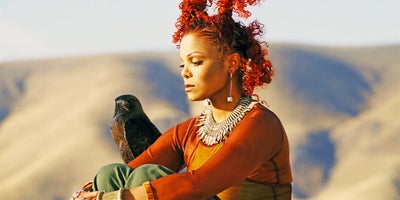
“It is my belief that we all have the need to feel special,” Janet whispered in the opening interlude. “And it’s this need that can bring out the best in us, yet the worst in us. This need created The Velvet Rope.” The album’s title was symbolic of the emotional barriers that we put up in order to protect ourselves from pain and disappointment. Throughout her already-legendary career, Jackson also guarded herself in ways that may have contributed to her success, but stunted her growth in other parts of life. With The Velvet Rope, she removed those emotional and creative barriers, which allowed her rise to new heights both as a woman, as well as a musician.
25 years later, the impact of The Velvet Rope can still be felt around the world, and heard across several forms of music. Since its release, industry leaders such as Rihanna, Usher, The Weeknd, Kelly Rowland, and many others, have cited the album’s influence in some form or fashion. It is also considered to have been critical to the development of alternative R&B, a popular sub-genre that includes some of today’s most notable acts.
The freedom exuded on Jackson’s sixth studio release empowered many generations of artists to not only push their boundaries musically, but to embrace the subjects and themes that were once considered taboo. For Janet, The Velvet Rope may have represented a moment in time, but for everyone else, it was a body of work that solidified her status as a cultural icon.


